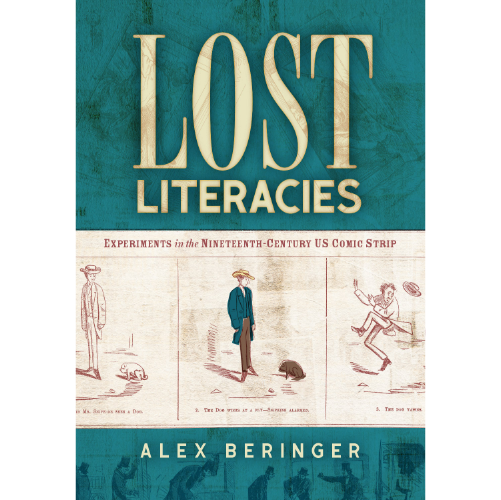By Sara Garden Armstrong
Great Jones Street Press, 2020
Hardback, $45
Genre: Art
Reviewed by Ray Wetzel

For someone not familiar with contemporary art, the concept can be confusing, even alienating. Artist Sara Garden Armstrong’s work is well within the tradition of contemporary art, but there is an accessibility to the work so that if viewers trust their instincts they will be rewarded with a truly special experience. In Armstrong’s book Threads and Layers, we get to explore a decades-long career condensed into a concise, beautifully illustrated exploration of an artist’s career.
Armstrong, whose professional art career started in the 1970s, has worked in various mixed media, but the strength of her work is the combination of interdisciplinary materials to bring life into large-scale forms. Meaning she is not just putting paint to canvas, or sculpting clay: she is making monolith forms and introducing light and sound to bring the artwork to life.
While her work has been in constant change throughout her career, each body of work its own, we can see the artist’s hand in each work. The depth, thought, and care that go into each work is astounding. Look at the images in the book and you will start to see the skin-like quality, leading into forms that clearly resemble internal organs, as in Breath and Shadow (2017.) You will also see vibrant color and stoic forms in works like Environment: Structure/Sound (1978.) Her work is an overwhelming achievement in showing not only the beauty and fragility of human life but also, if you look deep, its potential for brutality, as in Skin Rack (1991.)
While most books that focus on art show the reader some images of the work and offer history and context, Threads and Layers goes out of its way to allow the reader to be a part of an extraordinary career. It details the artist’s process of creating work, from start to finish and later evolutions. It also offers a chronology, including geographic locations and the artist’s mental state when she created the work, and presents an in-depth look into the artist’s home and studio. Since 1979 Armstrong has owned a building in downtown Birmingham that currently serves as her home and studio. While she has not always lived there–Armstrong also spent many years in New York—the building is an expression of her commitment to community by providing studio and work space to other artists.
For those who have not had the opportunity to see Sara’s work in person, Threads and Layers contains striking images, essays, and an interview. Easy-to-use QR codes also allow the reader to experience the audio that goes along with the work. This book is a great resource for those who want to know more about Sara Garden Armstrong’s work as well as for anyone who is interested in contemporary art.
Ray Wetzel is the director/curator of the Gadsden Museum of Art as well as an independent studio artist.





